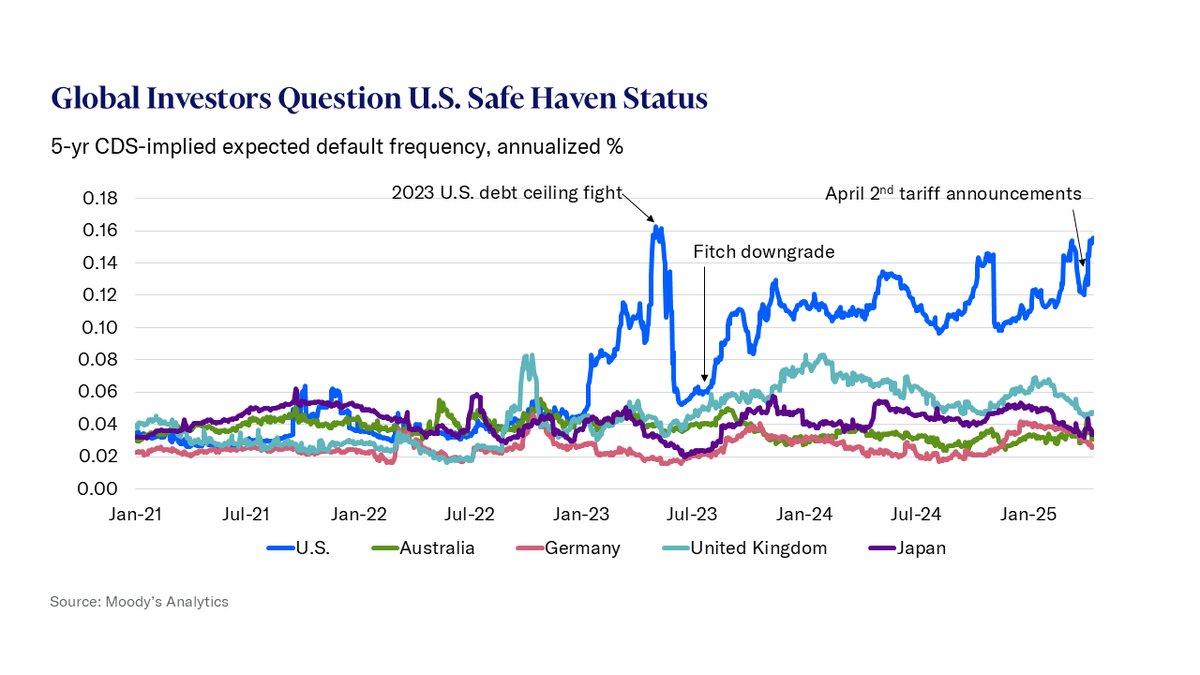A ton of economic data comes out this week, and the storyline will be that growth has slowed sharply so far this year. GDP will grow 2.8% in the 2nd quarter, but this is a tariff-induced bounce from the 0.5% decline in the 1st. First-half growth will be less than half of last year’s nearly 3% gain.
Cautious consumers are largely behind the slowdown. Real consumer spending has gone nowhere since the end of last year, and with the release of the June data this week, we will see that consumers are still on the sidelines. And this is before the tariff-related price increases kick into full swing.
We’ll also get a read on inflation with the release of the June PCE deflator, the inflation measure the Fed uses to set its 2% target. We anticipate a 0.3% increase in core inflation, putting year-over-year growth at 2.7%. That’s above target, and given the tariffs, the direction of travel is clear.
Then there is the headline employment report for July, which should show a 90k gain in payroll employment. Fewer industries are adding to their roles, and hiring is moribund. But layoffs remain low. This is the remaining firewall between the weakening economy and recession—let’s hope it holds.
• • •
Missing some Tweet in this thread? You can try to
force a refresh








